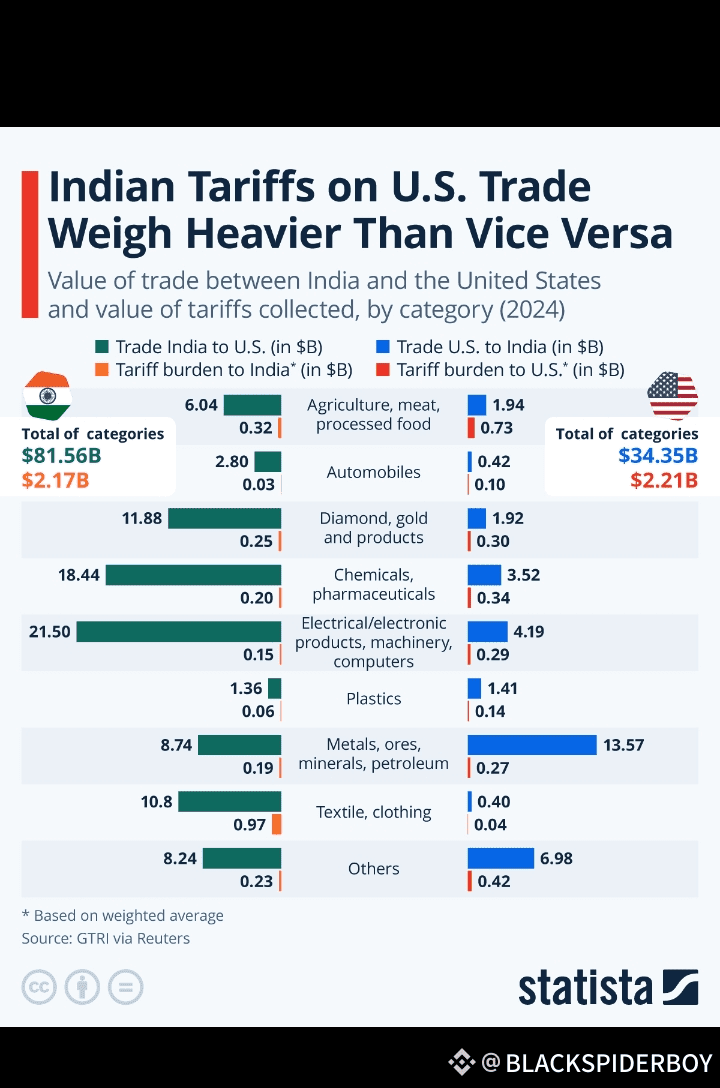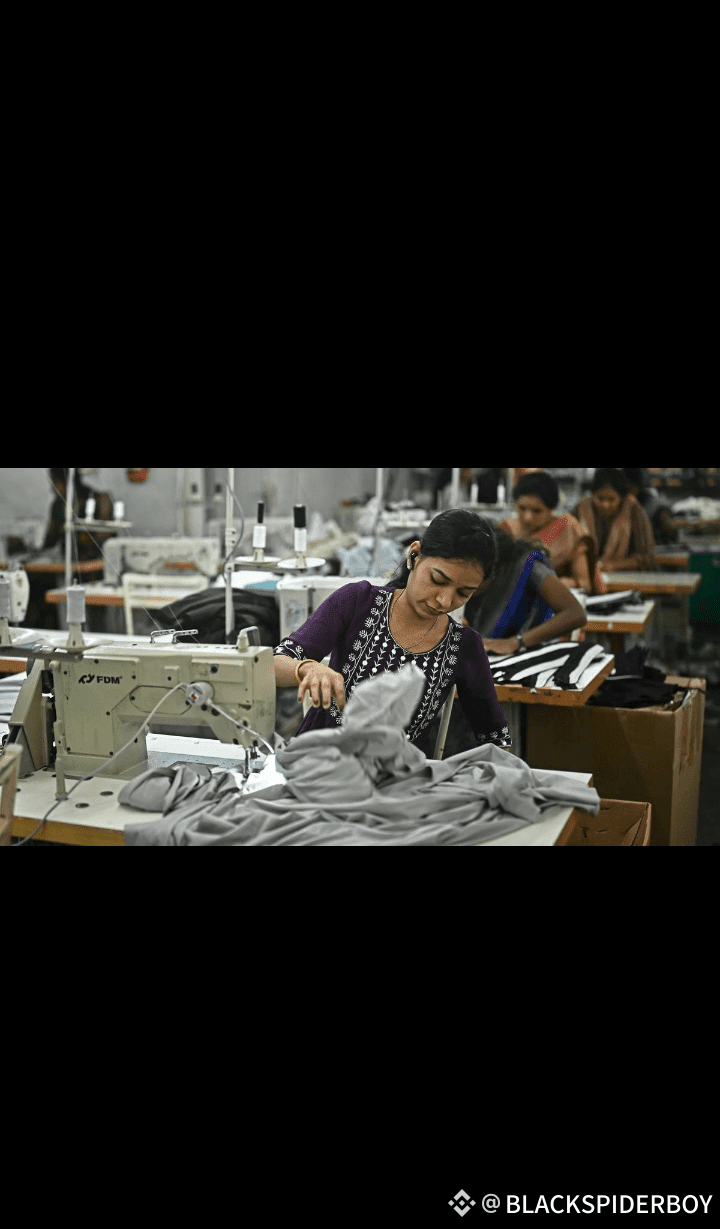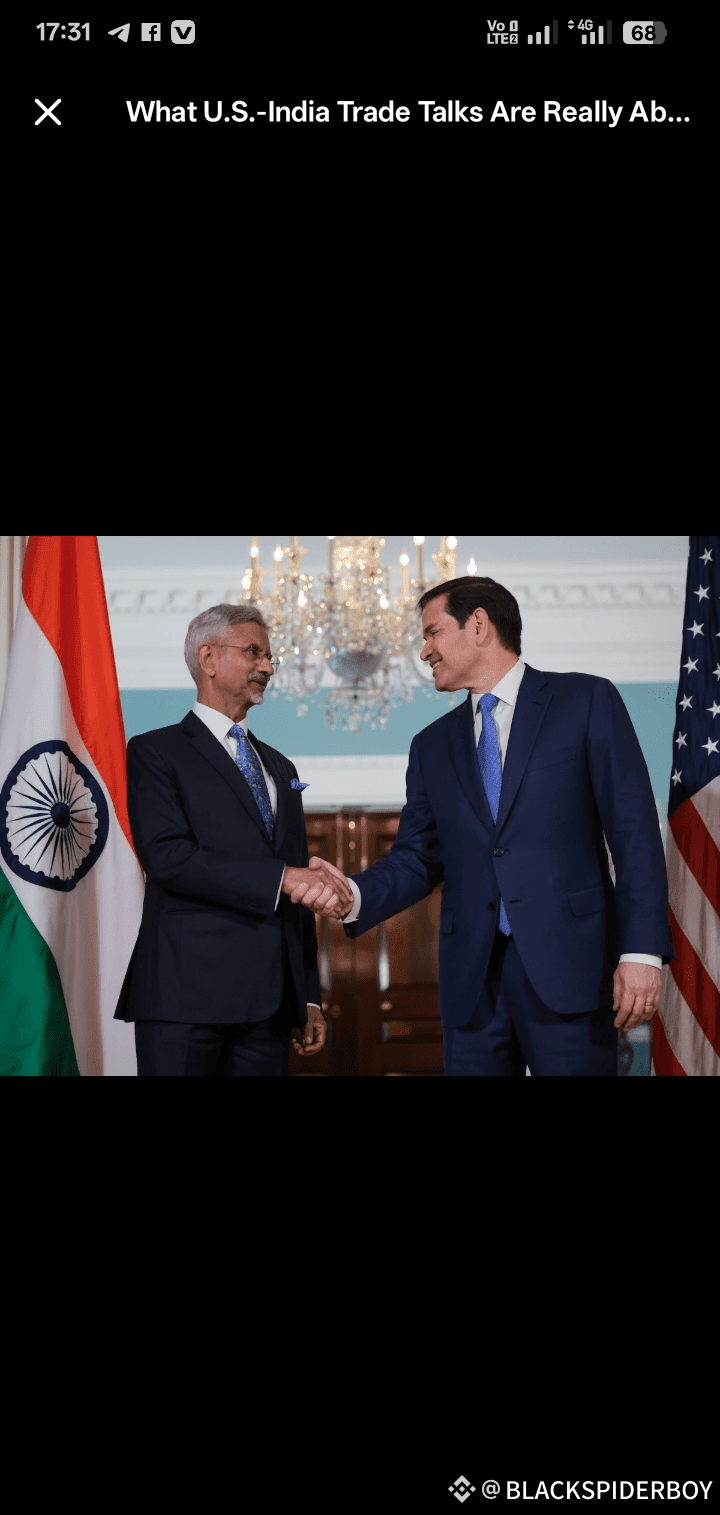India is currently negotiating with the United States to bring down the import tariff on Indian goods to around 15%, especially for labour-intensive sectors such as textiles, apparel, and leather. This proposed reduction would be a significant step from the current ~25% "reciprocal tariff" imposed by the U.S. under its new trade stance introduced earlier in 2025.
However, Washington has shown caution. U.S. officials have reportedly made it clear that tariff cuts for India would depend on what India is willing to offer in return — particularly in terms of market access for U.S. goods and broader trade liberalisation. They are also wary of giving India better treatment than other Asian economies like Pakistan (19%), Bangladesh (20%), or Indonesia (19%), unless India can justify it with concrete trade concessions.
🧠 Why It Matters
For India, securing a lower tariff rate would give its exporters a much-needed edge in the U.S. market — especially in sectors that rely heavily on competitive pricing and labour. A drop from 25% to 15% could substantially improve profit margins and demand for Indian goods in one of the world’s biggest consumer markets.
For the U.S., however, it's about ensuring that any tariff reduction is matched by meaningful reforms or market access from India — not just a one-sided benefit. The U.S. maintains a case-by-case approach with each trading partner, rather than offering blanket concessions to entire regions.
🔢 Key Numbers
Country Current U.S. Tariff
India ~25%
Target (India) 15%
Pakistan 19%
Bangladesh 20%
Indonesia 19%
🧭 Strategic Background
Earlier this year, the U.S. rolled out a "reciprocal tariff" framework affecting countries like India, aiming to level the playing field in trade.
The ongoing India-U.S. trade dialogue covers both tariff-related issues and broader themes such as non-tariff barriers, digital trade, agriculture, and regulatory standards.
India’s request to go below the tariff levels granted to Pakistan or Bangladesh is also a signal — it wants to be seen and treated as a major strategic and economic player, not just another Asian exporter.
🔍 What to Watch
Will India agree to open up more sectors to U.S. exports to secure lower tariffs?
Can both sides find middle ground before any informal deadline or upcoming bilateral events?
Are specific industries like textiles, jewellery, seafood, or leather going to receive special tariff treatment?
How will India’s export sectors respond — especially if a deal leads to improved access and reduced costs?
🧮 Final Take
This negotiation reflects a larger shift in global trade diplomacy: it’s no longer just about slashing tariffs — it’s about reciprocal benefits, strategic alignment, and sector-specific access. For India, a better tariff deal could support export growth and job creation. For the U.S., it’s about securing a fair deal while maintaining leverage.
A successful outcome will depend on how much each side is willing to give — not just take.



#IndiaUSTrade#TariffTalks#GlobalTrade#TradeNegotiations#ExportIndi#USIndiaRelations



